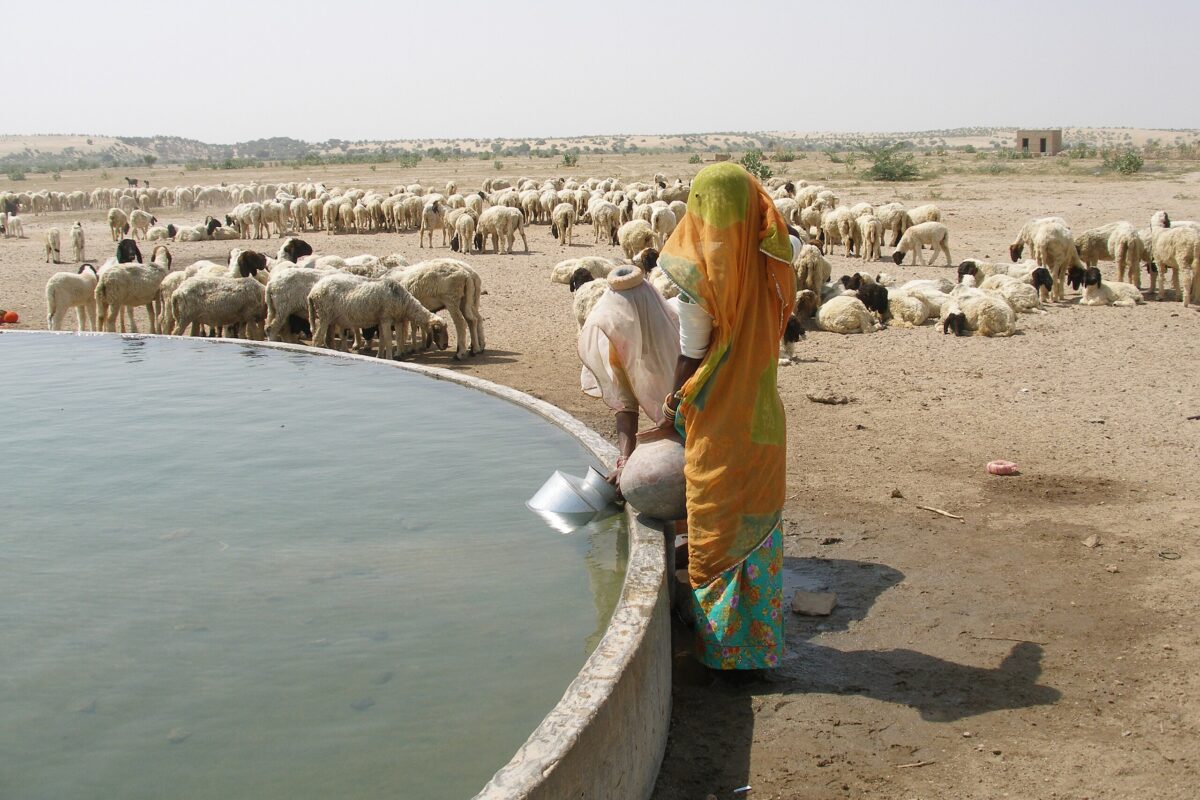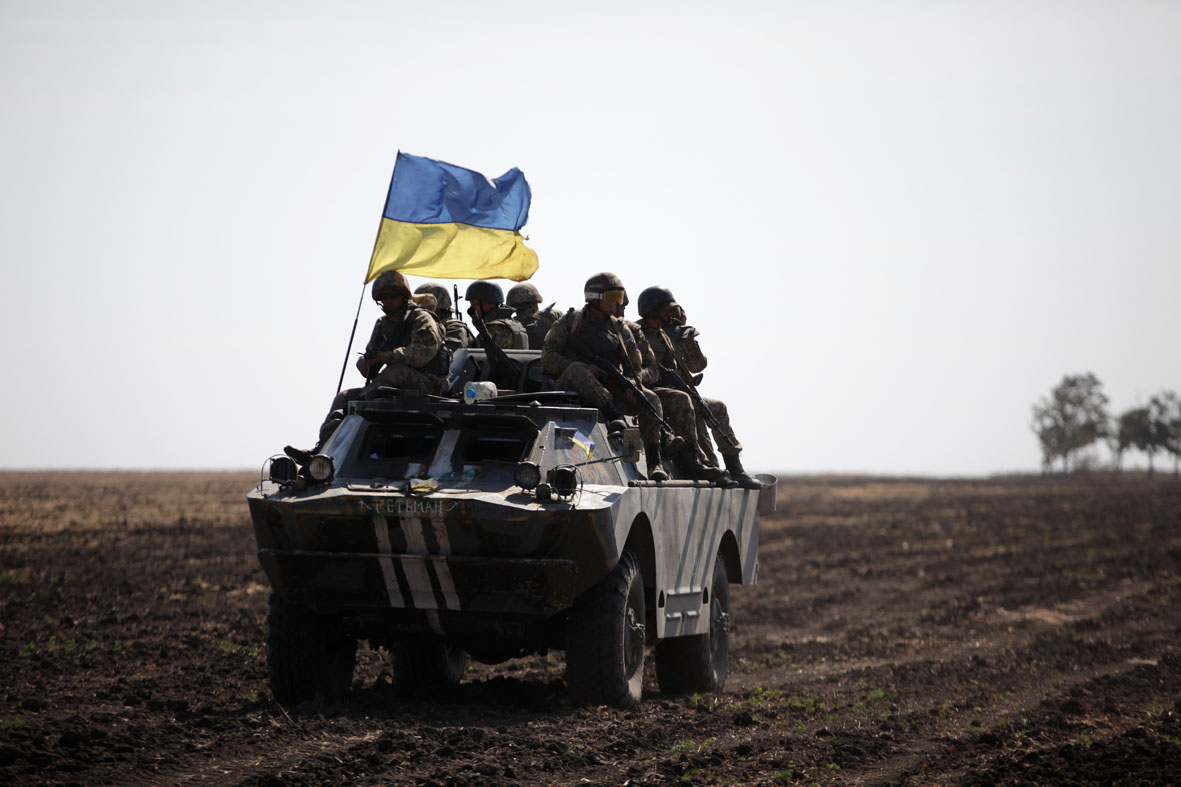Introduction
The Second Russo-Ukrainian War has become the largest land war in Europe since World War II (WWII), and is arguably one of the most momentous geopolitical events of the 21st century. However, while most coverage of the Ukraine conflict has naturally focused on ongoing shifts in momentum between Russia and Ukraine and the rise of non-state actors like the Wagner Group and Chechen warlord Ramzan Kadyrov’s Kadyrovsty, comparatively little attention has focused on how the rise of privatized actors like Kadyrov and Wagner may undermine the long-term viability of the Russian administrative state.
Putin’s Power Structure
Putin’s power structure is based on two pillars: the security state, many of whom are siloviki (lit., men of power), and Russia’s energy and natural resources-based economy, the proceeds of which he uses to pay off various actors. For example, after the Second Chechen War Putin set up Chechen warlord Ramzan Kadyrov’s family with a strikingly feudalistic relationship: in exchange for loyalty, Ramzan would have carte blanche to rule Chechnya as he sees fit. Notably, most other regions of Russia do not have this type of relationship and are instead administered by governors who ultimately report to Putin. Reportedly, Putin relies on substantial oil and gas revenues to subsidize Kadyrov’s rule in Chechynya.
Current Dynamics in Ukraine: Escalation
Despite substantial casualties and significant battlefield setbacks, news reports indicate Putin plans to continue his campaigns in Ukraine. Yet, these plans have come at an increasing cost to Russia and its economy. For example, while Putin may have mobilized roughly 300,000 conscripts in his first conscription drive, hundreds of thousands of more men fled Russia—a long-term drain on Russia’s manpower and tax revenue that will not be replaced any time soon.
Increasingly, this escalation is coming at a cost to the viability of Putin’s regime. While he is correct in assessing that Russia has more aggregate resources—manpower, money, and munitions than Ukraine—the material support of the West changes this equation. For example, the combined GDPs of Western allies and partners who imposed financial sanctions on Russia represent around 41% of total global GDP (U.S., UK, Canada, New Zealand, Switzerland, EU, Australia, Japan, Singapore, and South Korea)—compared to 23% of global GDP if all of Russia’s backers/Russia aligned countries (North Korea, Iran, Syria, China, Venezuela, Eritrea, Cuba, and Sudan) are taken into account. Essentially, Ukraine has almost double the financial and industrial base to call upon than Russia does—not a winning prospect for Putin’s hopes of an attritional victory.
Thus, while Putin appears intent to continue his campaigns in Ukraine, the prospects of an attritional victory in Russia’s favor look increasingly grim. With both sides intent on slugging it out, “victory” may result more in a collapse of one side’s ability or will to fight than a clear military victory. Echoes of this have occurred in Russian history before, such as during WWI when the Eastern Front collapsed after years of devastating losses. While the suffering of Ukraine cannot be understated, especially given that the war is being fought on their territory, it is important to highlight that Russia may not hold the advantage in fiscal or military reserves, though it appears to hold an edge in manpower.
As this war progresses, the administrative apparatus of both Russia and Ukraine are increasingly under strain. For example, Ukraine had to rely on mobilized volunteers for the defense of Kyiv, while Russia is recruiting prisoners for military service. Yet, Putin’s regime might be more susceptible to this long-term degradation than Ukraine.
Autocratic regimes are by nature top-down rather than bottom-up, and as the war progresses, Putin’s sinews of power—how he mobilizes Russia’s aggregate manpower, GDP, etc.—are coming under strain. Ukraine is facing this too, especially with the impact of Russian attacks on critical infrastructure. Yet, Russia has increasingly witnessed the rise of private, clan-based, and familial power networks like Wagner and Kadyrov who appear to be becoming more emboldened. While such dynamics may be occurring on a localized level in Ukraine, as of now it does not appear to be a nationwide phenomenon to the extent it is in Russia. If the Russian state continues to show strain—and perhaps even break down—actors like Kadyrov and Wagner may hedge their bets and begin to take power into their own hands. This was an all-too-familiar dynamic in Afghanistan, where the weak central government was forced to concede power to a host of private security forces, warlords, and clans. Although Russia is not remotely similar to Afghanistan, this dynamic—the center ceding power to regional/private groups—is a worrying parallel.
Consequently, the U.S. and other democratically-aligned countries must be prepared for a long, grinding war. Defeat holds no advantage for him—the only fate that awaits is the Hague or worse. Conversely, continuing to fight offers the prospect, however remote, of eking out a victory. Yet, continued escalation only further harms his long-term hold on power. This dynamic: the inescapable nature of the conflict, yet an increasingly shaky and unstable Russian government—may only accelerate in the years ahead. Similar conflicts, like the Iran-Iraq War, have lasted years, and Putin, at 70 years old, could fight for years ahead. U.S. policymakers and the public need to contend with the fact that the Ukraine War may last for far longer than they are prepared for, and that Russia may become increasingly unstable as it continues to fight. Although Russian state collapse is arguably not a realistic outcome yet, it is a grim outcome Western policymakers must be prepared for.
Will Nelson is an International Security M.A. student at George Mason University. He works as the Administrative Coordinator for the Anti-Illicit Trade Institute at the Terrorism, Transnational Crime, and Corruption Center with Dr. Louise Shelley and David M. Luna and is a research assistant with the State Department’s Regional China Office, focusing on Chinese Digital Silk Road activities in Southeast Asia. A 2017 graduate of the College of William & Mary with a B.A. in International Relations and minor in economics, his research focuses on intelligence and strategic analysis with an emphasis on the rise of China in the Indo-Pacific and the political structure of authoritarian states. He has lived and worked in China, Japan, Thailand, Spain and Azerbaijan and speaks fluent Chinese, Japanese, Spanish and intermediate French.
Photo can be found here.




